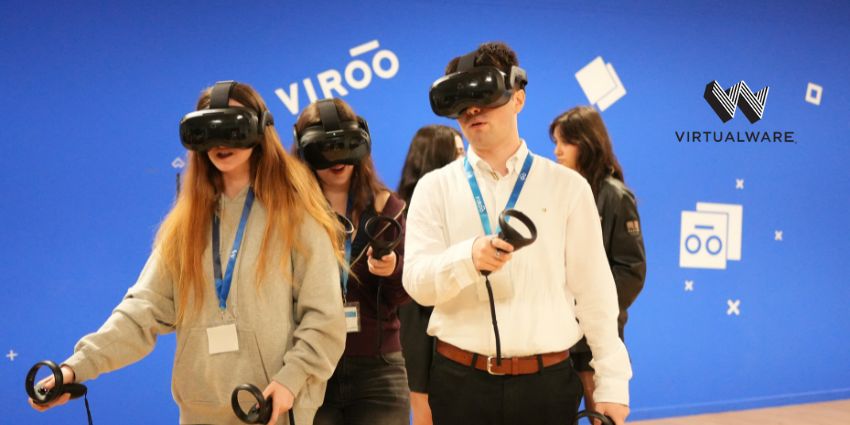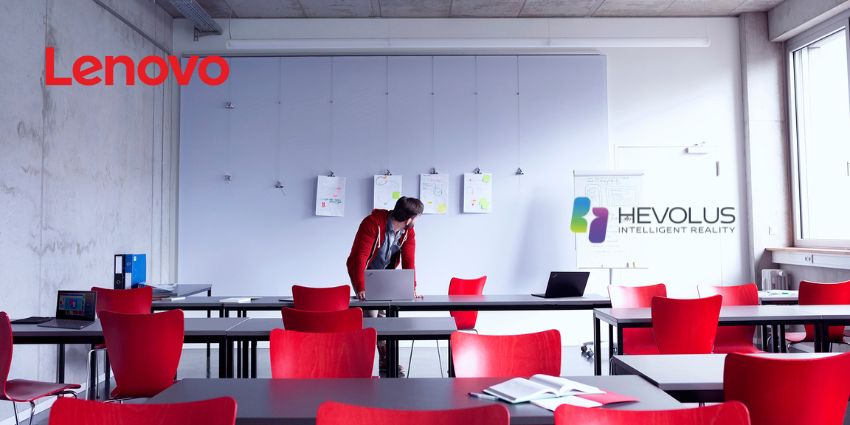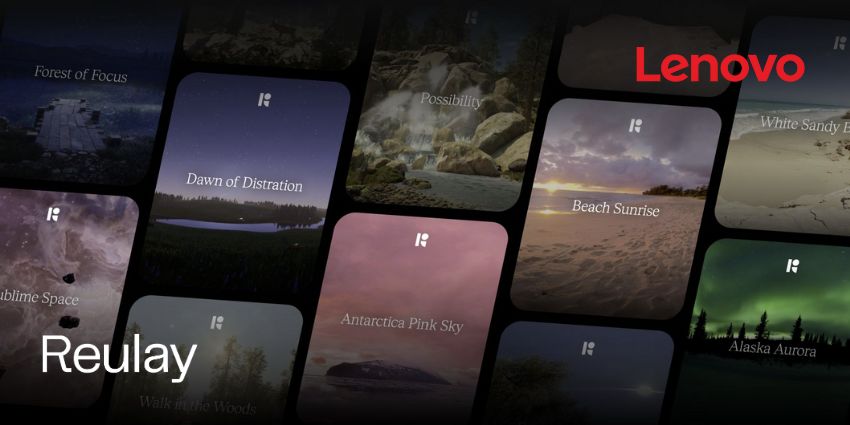Though innovation has been a common concept in the healthcare landscape for some time now, the demand for new and transformative solutions is growing.
Since the pandemic emerged, reducing access to the physical world, healthcare providers have been turning to virtual alternatives for patient interactions, training and more.
Laerdal, a global leader in patient simulation, understands just how important it is for medical professionals to continue their development in this landscape – even when traditional in-person opportunities aren’t possible.
That’s why Laerdal decided to work with Varjo, a leader in VR technology, to build a new form of immersive healthcare training.
A New Opportunity in VR Training
With 1500 employees across 24 countries, Laerdal has quickly positioned itself as a global leader in patient simulation. The mission of the brand is to help save an additional 1 million lives every year by 2030. To achieve this ambitious goal, Laerdal decided to partner with Varjo.
For more than a decade, Laerdal has studied the benefits and potential of immersive technology. Unfortunately, for a while, Laerdal noted that while the technology showed promise, the solutions available simply haven’t been cost-effective or mature enough to support current teams. Visual fidelity and immersion have simply not been sufficient to provide meaningful learning outcomes.
For years, virtual and augmented reality lacked the truly powerful technology required to submerge medical professionals in a new environment for learning and development.
These limitations have meant that digital and physical training opportunities have largely developed into separate solutions, with distinct pros and cons.
Although Laerdal notes that in-person training can be effective, the number of trainees that can share a space is often extremely limited – this was the case even before the pandemic.
Additionally, from both a resources and financial perspective, it’s rarely feasible to build physical props to assist in all scenarios.
On the other hand, while digital training is scalable and remotely accessible, it can be difficult to achieve the emotional connection required to build memories.
Notably, an emotional connection is extremely important with healthcare training, because when lives are at stake, there’s no room for error.
Creating an Effective Learning Environment
Before partnering with Varjo, Laerdal decided on a specific question the company wanted to answer, namely, how could they combine the strengths of both in-person and digital training, to create a solution that was greater than the sum of its parts?
How can a training solution be developed which simultaneously allows for unexpected events, and ensures strong learning outcomes?
Laerdal wanted to build an immersive, efficient, and personalised training opportunity for healthcare providers across locations and time zones. At the same time, they wanted to leverage the benefits of digital training for unlocking new opportunities for future development.
To achieve these goals, Laerdal began exploring ways of combining physical and digital technology, which lead to working with Varjo.
Using Varjo’s solution for VR and XR headset innovations, Laerdal was able to develop new, immersive simulation solutions, combining existing technologies like data collection and immersive simulation, with a reliable cloud-based infrastructure.
The ergonomic and efficient headsets within the extended reality environment allows teams of healthcare professionals from across thee globe to seamlessly work together in any medical environment. Companies can build entire ecosystems where staff can share ideas and collaborate, or simply develop their skills in training sessions.
According to Laerdal, a VR or XR headset from Varjo gives healthcare organisations the opportunity to take digital learning to a new level, combining the ease of online training with the efficiency and immersion of physical training settings, then increasing them to the next stage.
Immersion for Healthcare Training
In both VR and mixed reality, the immersive landscape for training and collaboration offers excellent opportunities for growth in the healthcare environment.
According to Laerdal, the technology offered by Varjo also allows for sensational visual fidelity and high immersion, to ensure the best possible learning outcomes in any environment.
For companies ready to make the transition from VR in the healthcare environment, through to mixed reality and its holographic content, the Varjo XR-3 solution could be the perfect investment, according to this case study. Laerdal noted that the video pass-through functionality of the XR-3 made a significant difference to training outcomes.
With pass-through technology, physical objects from the real world, including specialist medical devices, can easily be incorporated into the simulation, and combined with digital options as needed.
Trainees can even use their own hands and instruments naturally, removing the negative training experiences which would often be implemented by digital education opportunities.
Perhaps most importantly, Laerdal believes the XR, and VR space will provide a fail-safe environment for healthcare professionals to continue training in, no matter what happens.
This concept has grown particularly important for companies investing in training solutions since the pandemic. Even in an environment where the number of people in a healthcare landscape may need to be reduced, medical professionals must continue to hone their skills as much as possible.
Discovering the Benefits of Extended Reality
For Leardal, the opportunity to work with Varjo on new immersive training opportunities allowed them to discover not just the potential of virtual reality for today’s landscape, but the importance of mixed and extended reality too.
Virtual reality certainly has a lot to offer in the medical space, but there are also opportunities emerging in augmented and mixed reality environments too, particularly with the help of innovators like Varjo.
For Laerdal, the implementation of XR solutions allowed for the increased immersion of students in an educational environment, leading to stronger learning outcomes and deeper emotional retention and engagement.
Better insights and personalised recommendations for training could be offered by the increased collection of data too, and everything the trainees do in the environment can be measured and tracked. This allows for training based on the specific needs of healthcare teams.
Most importantly, the demand to physically have students present for training was removed with the introduction of XR, allowing for more seamless interactions in any environment.







